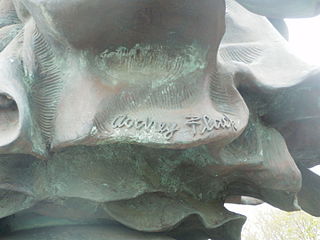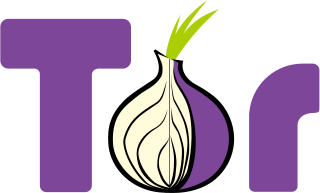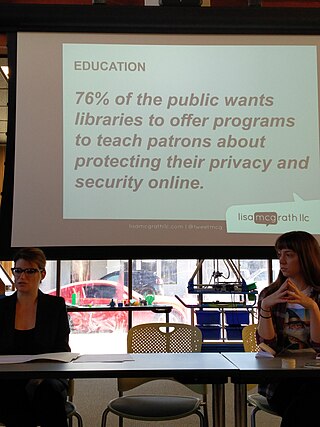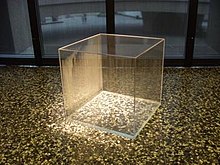
Mona Hatoum is a British-Palestinian multimedia and installation artist who lives in London.

The Smithsonian American Art Museum is a museum in Washington, D.C., part of the Smithsonian Institution. Together with its branch museum, the Renwick Gallery, SAAM holds one of the world's largest and most inclusive collections of art, from the colonial period to the present, made in the United States. More than 7,000 artists are represented in the museum's collection. Most exhibitions are held in the museum's main building, the Old Patent Office Building, while craft-focused exhibitions are shown in the Renwick Gallery.
Hans Haacke is a German-born artist who lives and works in New York City. Haacke is considered a "leading exponent" of Institutional Critique.

Audrey Flack is an American artist. Her work pioneered the art genre of photorealism and encompasses painting, printmaking, sculpture, and photography.

Betty Parsons was an American artist, art dealer, and collector known for her early promotion of Abstract Expressionism. She is regarded as one of the most influential and dynamic figures of the American avant-garde.
Sokari Douglas Camp CBE is a London-based artist who has had exhibitions all over the world and was the recipient of a bursary from the Henry Moore Foundation. She was honoured as a Commander of the Order of the British Empire (CBE) in the 2005 Birthday Honours list.

The National Gallery of Art Sculpture Garden is the most recent addition to the National Gallery of Art in Washington, D.C. in the United States. It is located in the National Mall between the National Gallery's West Building and the Smithsonian Institution's National Museum of Natural History.

Jacob Appelbaum is an American independent journalist, computer security researcher, artist, and hacker.
Rhizome is an American not-for-profit arts organization that supports and provides a platform for new media art.

Trevor Paglen is an American artist, geographer, and author whose work tackles mass surveillance and data collection.

Claes Oldenburg was a Swedish-born American sculptor best known for his public art installations, typically featuring large replicas of everyday objects. Another theme in his work is soft sculpture versions of everyday objects. Many of his works were made in collaboration with his wife, Coosje van Bruggen, who died in 2009; they had been married for 32 years. Oldenburg lived and worked in New York City.

Tor, short for The Onion Router, is free and open-source software for enabling anonymous communication. It directs Internet traffic via a free, worldwide, volunteer overlay network that consists of more than seven thousand relays.

Nicole Eisenman is a French-born American artist known for her oil paintings and sculptures. She has been awarded the Guggenheim Fellowship (1996), the Carnegie Prize (2013), and has thrice been included in the Whitney Biennial. On September 29, 2015, she won a MacArthur Fellowship award for "restoring the representation of the human form a cultural significance that had waned during the ascendancy of abstraction in the 20th century."

The ANT catalog is a classified product catalog by the U.S. National Security Agency (NSA) of which the version written in 2008–2009 was published by German news magazine Der Spiegel in December 2013. Forty-nine catalog pages with pictures, diagrams and descriptions of espionage devices and spying software were published. The items are available to the Tailored Access Operations unit and are mostly targeted at products from US companies such as Apple, Cisco and Dell. The source is believed to be someone different than Edward Snowden, who is largely responsible for the global surveillance disclosures since 2013. Companies whose products could be compromised have denied any collaboration with the NSA in developing these capabilities. In 2014, a project was started to implement the capabilities from the ANT catalog as open-source hardware and software.

The Tor Project, Inc. is a 501(c)(3) research-education nonprofit organization based in Winchester, New Hampshire. It is founded by computer scientists Roger Dingledine, Nick Mathewson, and five others. The Tor Project is primarily responsible for maintaining software for the Tor anonymity network.

John P. Jacob is an American curator. He grew up in Italy and Venezuela, graduated from the Collegiate School (1975) in New York City, and studied at the University of Chicago before earning a BA in human ecology from the College of the Atlantic (1981) and an MA in art history from Indiana University (1994).

The Library Freedom Project teaches librarians about surveillance threats, privacy rights, and digital tools to thwart surveillance. In 2015 the Project began an endeavour to place relays and, particularly, exit nodes of the Tor anonymity network in public libraries.

Jan Robert Leegte (1973) is a Dutch artist who lives and works in Amsterdam. He is one of the first Dutch artists who makes art on and for the internet since the nineties. Nowadays, he makes art both on the internet, in the form of websites as in offline media, like prints, sculptures and projections. A recurring theme in his work is the sculptural materiality of interfaces and computer programs, like the graphic design of cursors, menu and scroll bars.
Orbital Reflector is a reflective, mylar sculpture by Trevor Paglen launched into space as a temporary satellite. Co-produced by the Nevada Museum of Art, the $1.3 million project had the objective of being the first “purely artistic” object in space. The satellite, containing an inflatable mylar balloon with reflective surface, launched into space 3 December 2018.
David Ross Novros, is an American artist. He is known for his minimalist geometric paintings, shaped canvases, and his use of color. He has also studied fresco painting extensively.















